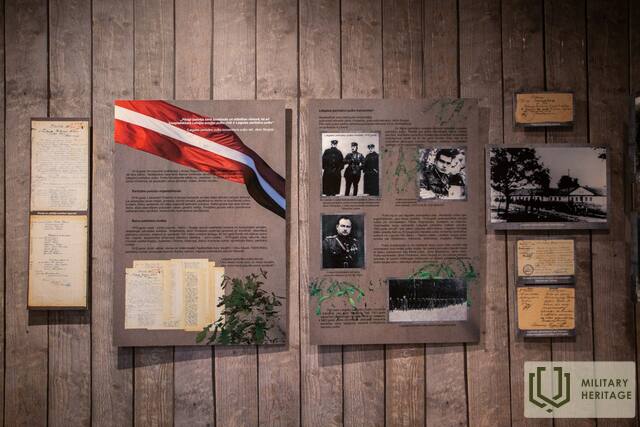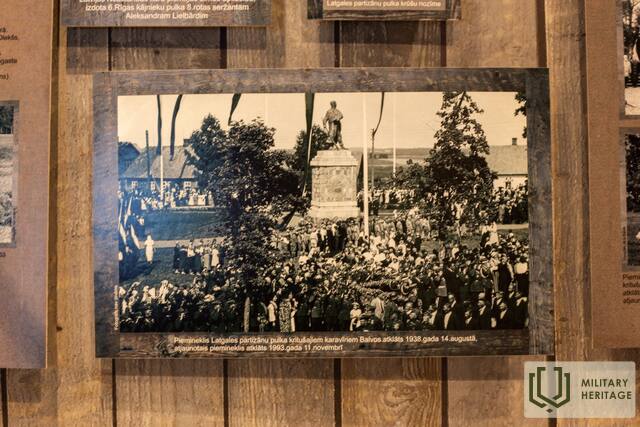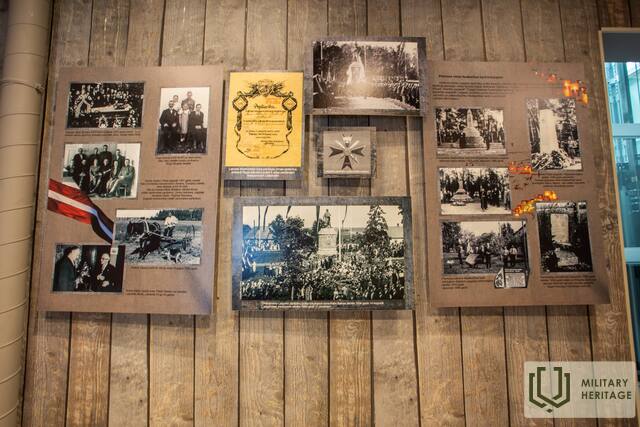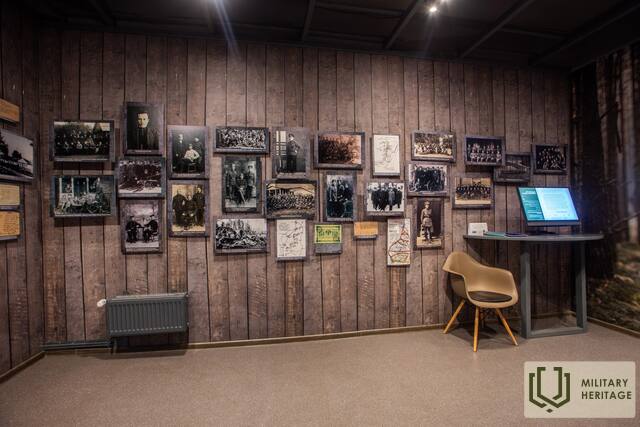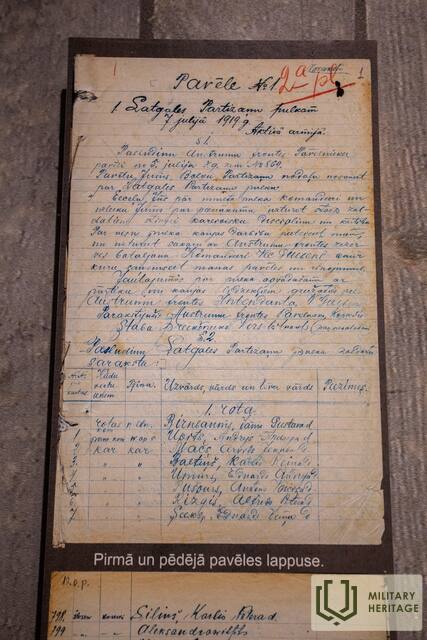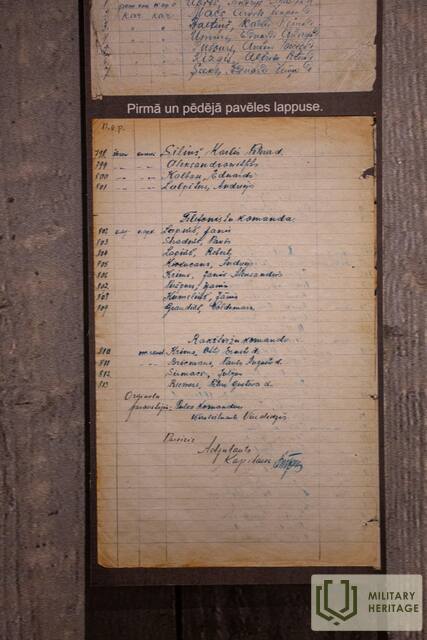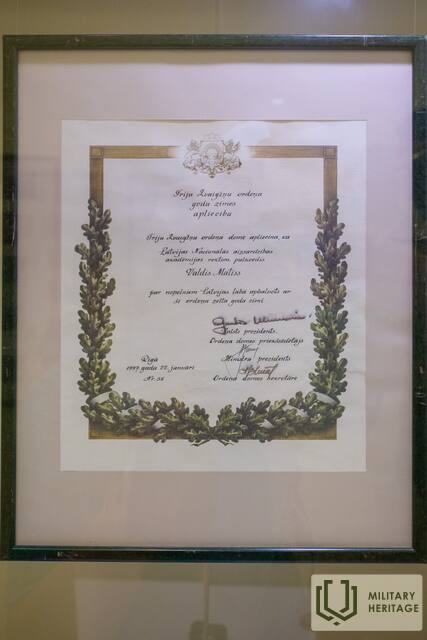Exhibition "North Latgale in the Freedom Struggle" at the Balvi Regional Museum
Museum

 220
220







The museum is located in the territory of the Balvi Manor complex, in the building of the former manor barn. The exhibition allows you to look into the history of the Latvian War of Independence from the point of view of Northern Latgale, tracing the history of the formation and activities of the Latgale Partisan Regiment. There are photographs and copies of documents that are not available elsewhere, including the order of 5 July 1919 on the formation of the regiment. The internal orders of the regiment are unique – they were written in Russian between July and October 1919. This reflects the peculiarities of the formation and composition of the regiment as a local unit, where Latvians, Latgalians, Russians, and Jews fought together. The regiment only switched to Latvian in its internal orders after it was fully integrated into the Latvian Army system when it was supplemented by mobilised soldiers from other regions of Latvia. The exhibition also reflects the liberation operation of Northern Latgale, during which the Latgale Division of the Latvian Army liberated the surroundings of Viļaka, Jaunlatgale and Kārsava in battles that lasted from 9 to 15 January 1920. Evidence of both the operation as a whole and the combat activities of the Latgale Partisan Regiment during the liberation of Kārsava are on display in the exhibition.
Used sources and references:
Balvi County Museum
wikipedia.org/wiki/Northern_Clatgales_Air_Operation
Educational programs
Museum pedagogical lesson "General Valdis Matīss"
In the lesson, students will get to know a prominent figure in Latvian military history - Valdis Matīs. They will view an exhibition dedicated to him with uniforms, awards and photographs. They will complete various tasks that promote understanding of history.
Excursion "Latgalian Partisan Regiment"
In the Balvi Regional Museum, in the exhibition "Northern Latgale for the Independence of Latvia", you can learn about the history of the Latgale Partisan Regiment. Then, you can take a walk around Balvi, visiting places related to the Latgale Partisans - the monument dedicated to the Latgale Partisans and the place where the regiment's headquarters was once located.
Related timeline
Related topics
Related stories
Liberation of Northern Latgale from the Bolsheviks
On December 1, 1918, the Red Army units, based on the Red Riflemen units, invaded the territory of Latvia. In order to protect their homes, families, native region and escape from terror, the men of the Balvi area took up arms and went into the forests, the formation of the first “green” groups began. In the spring of 1919, when mobilization was announced, many men of the Balvi area found fighting in the Soviet Latvian Army unacceptable and joined the “green” groups. The Balvi, Silakrogs, Rugāji, Teteru-Dūrupe and Liepna groups were formed. The activities of the “green” groups in the Balvi area became more active in March 1919.





